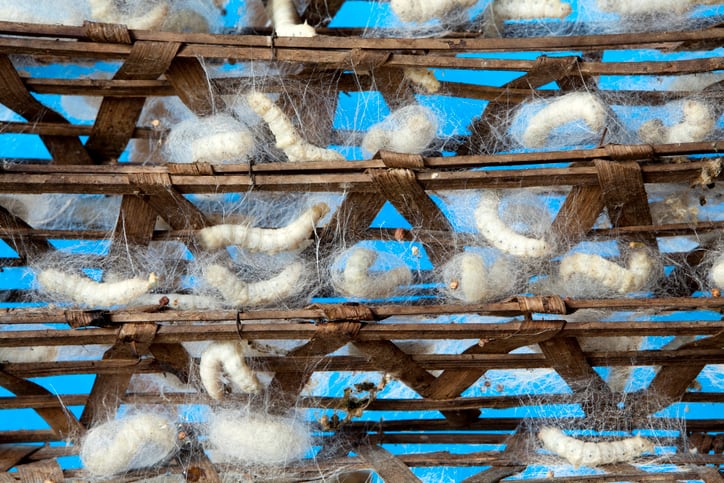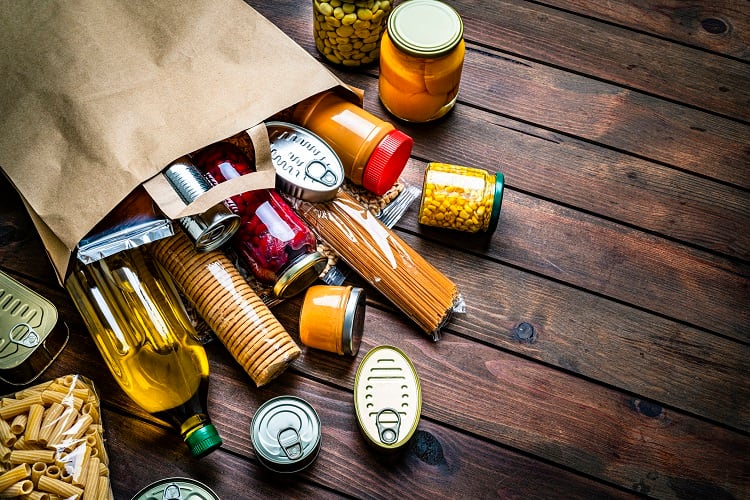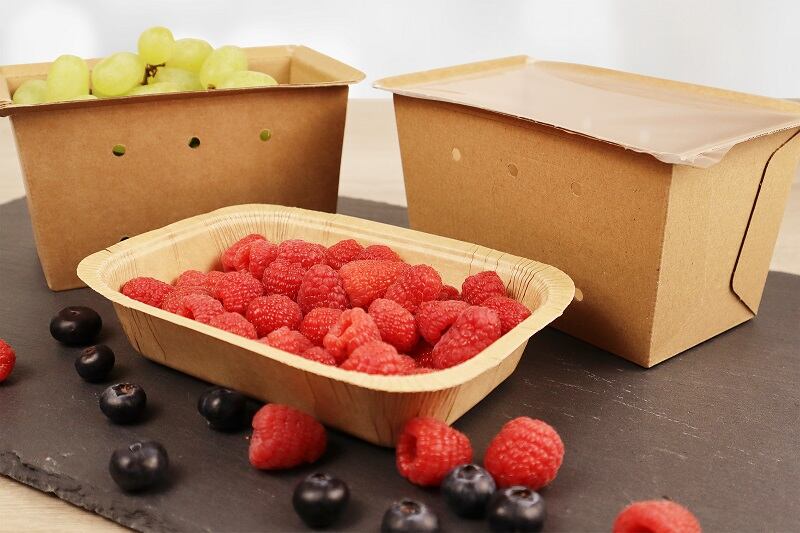Writing in Applied Physics Reviews the researchers outlined how silk's ‘unique and versatile’ properties present many possibilities for future technologies in the food supply chain both as a crop booster and a food protective coating.
Silk has recently come to the forefront of sustainability research. It is made in nature and can be reprocessed from recycled or discarded clothing and other textiles.
Silk fibroin is an ‘ideal candidate’ as a method to preserve crop freshness, minimize food loss and ensure food safety, said author Giulia Guidetti. Once applied as a coating, it is edible, tasteless, odourless, transparent, biodegradable, and possesses ‘outstanding mechanical properties’ as well as low permeability to oxygen and water vapours.
"We are continuing to improve the integration between different disciplines," she continued. "For example, we can use silk as a biomedical device for drug delivery but also include an optical response in that same device. This same process could be used someday in the food supply chain. Imagine having a coating which preserves the food but also tells you when the food is spoiled."
In a 2016 Tufts study, silk fibroin was applied as an edible coating on strawberries and bananas by dipping the fruits in a silk fibroin suspension. The coatings were able to extend the shelf life of both kinds of fruit, decreasing the respiration rate, weight loss, water vapor and oxygen diffusion, preserving firmness and colour, and delaying ripening of bananas compared to uncoated control during 14 and 9 days of storage for strawberries and bananas, respectively.
Silk's use has also been investigated as a crop booster. In this context, silk fibroin was used in combination with sugar additive trehalose to develop a seed coating that boosted seed germination and mitigated abiotic stressors by encapsulating, preserving, and releasing biofertilizers in the soil.
However, a few challenges remain unsolved and partially hinder silk's use as a ubiquitous material both at the laboratory scale and at the industrial level, cautioned the researchers.
Silk is versatile and often superior to more traditional materials, because it can be easily chemically modified and tuned for certain properties or assembled into a specific form depending on its final use. However, controlling and optimizing these aspects depends on understanding the material's origin.
The bottom-up assembly of silk by silkworms has been studied for a long time, but a full picture of its construction is still lacking. The team emphasized the importance of understanding these processes, because it could allow them to fabricate the material more effectively and with more control over the final function.
"One big challenge is that nature is very good at doing things, like making silk, but it covers an enormous dimensional parameter space," said author Fiorenzo Omenetto. "For technology, we want to make something with repeatability, which requires being able to control a process that has inherent variability and has been perfected over thousands of years."
As with all natural materials, the silk fibroin’s is dependent on environmental factors. This will require the development of “dedicated, monitored, and automated large-scale production approaches to mitigate batch to batch variability, external contaminants, and environmental influence,” explained Guidetti.
Genetic engineering techniques could help to achieve higher protein yields, she added, ultimately leading to silk proteins with new capabilities and, in the future, more economically competitive products. “Genome editing, indeed, could enable the advancement of silk-based devices with finely tuned physicochemical properties along with advanced functionalities,” wrote Guidetti, “while broadening the manufacturing capacity as a result of a robust control on genomic sequence, protein size, and homogeneity, as well as degradation rate, thereby generating responsive materials.”





